Ether of Immanuel Kant and the Concept of Ākasa in Indian Philosophy
Key Terms
- Kanada
- Vaisheshika
- Vedic Philosophy
- Adi Shankara
- Sankara
- Akasa
- Akasha
- Space
- Ether
- Aether
- Kala
- Dis
- Dik
- Kant’s Opus postumum
- Vaiśeṣikasūtras
- Praśastapādabhāṣya
- Akasa and Prakasa
- “pṛthivyāpastejovāyurākāśāt”
- Quantum Scale
- Cosmic Scale
- Planck Scale
- Atomism
- Indian Atomism
- Greek Atomism
- Hierarchy Theory
- Multi-Scale Theory
- Systems to Complex Systems
- Anu
- Paramanu
- Atman
- Brahman
- Jivatma
- Paramatma
Source: Akasa – A Must Read Comprehensive Guide
Akasa – A Must Read Comprehensive Guide
Akasa, the essence of space itself, is a concept that has fascinated humans for centuries. It is a term that has deep-rooted connections in various cultural and spiritual traditions across the globe. The word “Akasa” is derived from the Sanskrit language, and it encompasses a profound and multifaceted understanding of space, encompassing both the physical and metaphysical realms. Akasa, as a notion, has captivated the human imagination and has been explored, interpreted, and revered in numerous ways.
Akasa, often referred to as “the Akasa” or simply “Akasa,” is a term that carries diverse meanings and interpretations in different cultural and philosophical contexts. While it is prominently featured in Indian and Hindu philosophy, it also finds its place in various other spiritual and metaphysical traditions worldwide. Akasa can be broadly understood as the fifth element, beyond the conventional four elements of earth (Prithvi), water (Jala), fire (Agni), and air (Vayu), as proposed in ancient Indian thought.
Akasa in Ancient Indian Philosophy:
In the rich tapestry of Indian philosophy and spirituality, Akasa occupies a significant position. It is often associated with the concept of the “Pancha Mahabhutas,” or the five great elements, which constitute the fundamental building blocks of the material world. Akasa, being the fifth element, transcends the physical realm and represents the ethereal, subtle, and all-pervading aspect of existence.
Within the framework of Indian philosophical schools, especially in Vedanta and Samkhya, Akasa is considered the substratum or background against which all other elements and phenomena manifest. It is often described as the space that accommodates all other elements and provides the canvas upon which the universe unfolds. Akasa is formless, infinite, and eternal, serving as the canvas upon which the cosmic drama of creation, preservation, and dissolution unfolds.
In Indian cosmology, Akasa is intimately connected to the concept of “Akasha Tattva,” which translates to the “essence of space.” This essence of space is not merely a physical void but is laden with metaphysical significance. It is believed to be the dwelling place of the Divine and the repository of cosmic knowledge. The Upanishads, ancient Indian texts that explore the nature of reality and spirituality, often allude to Akasa as the bridge between the physical and metaphysical realms, a conduit through which the individual soul can connect with the universal consciousness.
Akasa in Hindu Mythology and Cosmology:
In Hindu mythology and cosmology, Akasa is deeply intertwined with the narrative of creation and the divine hierarchy. It is often associated with Lord Shiva, one of the principal deities in Hinduism. Lord Shiva is sometimes depicted as “Akasha Swarupa,” which means the form of Akasa itself. This representation signifies Shiva’s transcendental nature and his role as the source and culmination of all elements, including Akasa.
The Hindu cosmology envisions the universe as a dynamic and cyclical process of creation and destruction. Akasa plays a pivotal role in this cosmic drama. It is the medium through which the Creator, often symbolized as Lord Brahma, manifests the universe. In the process of creation, Akasa represents the subtlest element from which the other four gross elements emerge. This concept is beautifully encapsulated in the following verse from the Chandogya Upanishad:
“From Akasa alone, indeed, are born both heat and the rest, names and forms, the superior and the inferior. Akasa is the ultimate end.”
This verse highlights the primacy of Akasa in the creative process and emphasizes its role as the source of all differentiation and diversity in the material world.
Akasa in Yoga and Meditation:
Akasa also has a significant presence in yogic and meditative practices. In yoga, Akasa is associated with the fifth chakra, known as the “Vishuddha Chakra” or “Throat Chakra.” This chakra is situated at the throat region and is considered the center of communication, self-expression, and spiritual purification. It is often depicted as a sixteen-petaled lotus representing the purity and clarity of speech.
Practices aimed at balancing and activating the Vishuddha Chakra often involve meditation on Akasa. Meditators may visualize a radiant, blue, or violet Akasa at the throat center, which helps enhance their communication skills, self-expression, and ability to connect with higher realms of consciousness.
Furthermore, the concept of Akasa is closely linked to the practice of “Akasha Dharana,” a form of meditation that involves focusing one’s attention on the subtlest form of Akasa as a means to transcend the limitations of the physical body and mind. This practice aims to access higher states of consciousness and ultimately attain spiritual liberation.
Akasa in Ayurveda and Healing:
Akasa also finds its place in Ayurveda, the traditional system of medicine in India. In Ayurveda, the five elements—earth, water, fire, air, and Akasa—are fundamental to understanding the constitution of individuals and the causes of diseases. Each person is believed to have a unique combination of these elements, which influences their physical and mental characteristics.
Akasa, as the element of space, is associated with the qualities of expansiveness, emptiness, and openness. When the Akasa element is balanced within the body, it contributes to a sense of spaciousness in one’s mind and emotions. However, imbalances in Akasa can manifest as mental and emotional disturbances, such as feelings of emptiness, isolation, or confusion.
Ayurvedic therapies and practices aim to restore balance to the Akasa element through diet, lifestyle, and specific healing treatments. These therapies seek to harmonize the individual with the natural world and the cosmos, recognizing that an imbalance in any of the elements can lead to physical and mental dis-ease.
Akasa in Other Cultural and Philosophical Traditions:
While Akasa holds a central place in Indian philosophy and spirituality, similar concepts can be found in various other cultural and philosophical traditions around the world. In ancient Greece, for example, the philosopher Aristotle proposed the concept of “aether” or “quintessence,” which was considered the fifth element beyond earth, water, fire, and air. Aether was believed to be a celestial substance that filled the universe, and it was associated with the stars and planets.
In Western esoteric traditions and modern metaphysical thought, Akasa is often equated with the concept of the “ether” or “cosmic ether.” This etheric substance is seen as a subtle, all-pervading energy that connects all things and serves as the medium for psychic and spiritual phenomena.
In Native American spirituality, the concept of “Great Spirit” or “Great Mystery” can be likened to Akasa in its role as the transcendent and all-encompassing reality that underlies the physical world.
Across various traditions, the idea of an all-encompassing, subtle, and spiritual dimension of existence akin to Akasa persists, albeit with different names and interpretations.
The Scientific Perspective:
While Akasa has profound spiritual and metaphysical connotations, the scientific understanding of space is quite different. In modern physics, space is conceptualized as a vacuum, a region devoid of matter and energy.
THE CONCEPT OF ĀKĀŚA IN INDIAN PHILOSOPHY
Source: THE CONCEPT OF ĀKĀŚA IN INDIAN PHILOSOPHY

Source: THE CONCEPT OF ĀKĀŚA IN INDIAN PHILOSOPHY

Source: THE CONCEPT OF ĀKĀŚA IN INDIAN PHILOSOPHY

Source: THE CONCEPT OF ĀKĀŚA IN INDIAN PHILOSOPHY

Source: THE CONCEPT OF ĀKĀŚA IN INDIAN PHILOSOPHY

Source: THE CONCEPT OF ĀKĀŚA IN INDIAN PHILOSOPHY

Source: THE CONCEPT OF ĀKĀŚA IN INDIAN PHILOSOPHY

Source: THE CONCEPT OF ĀKĀŚA IN INDIAN PHILOSOPHY

Anthropic Web of the Universe: Atom and Ātman
Source: Anthropic Web of the Universe: Atom and Ātman

Source: Anthropic Web of the Universe: Atom and Ātman

Source: Anthropic Web of the Universe: Atom and Ātman
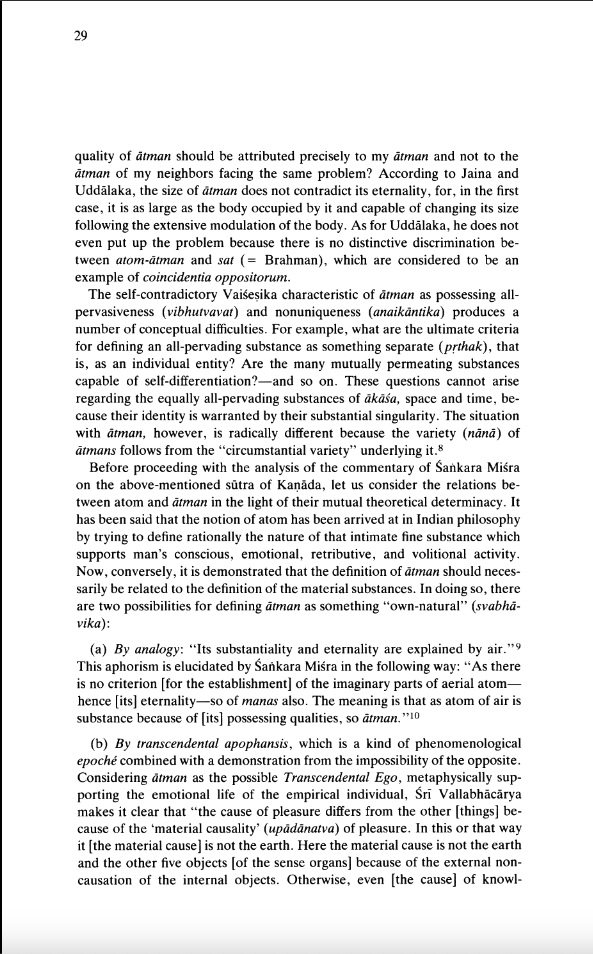
Source: Anthropic Web of the Universe: Atom and Ātman

Source: Anthropic Web of the Universe: Atom and Ātman
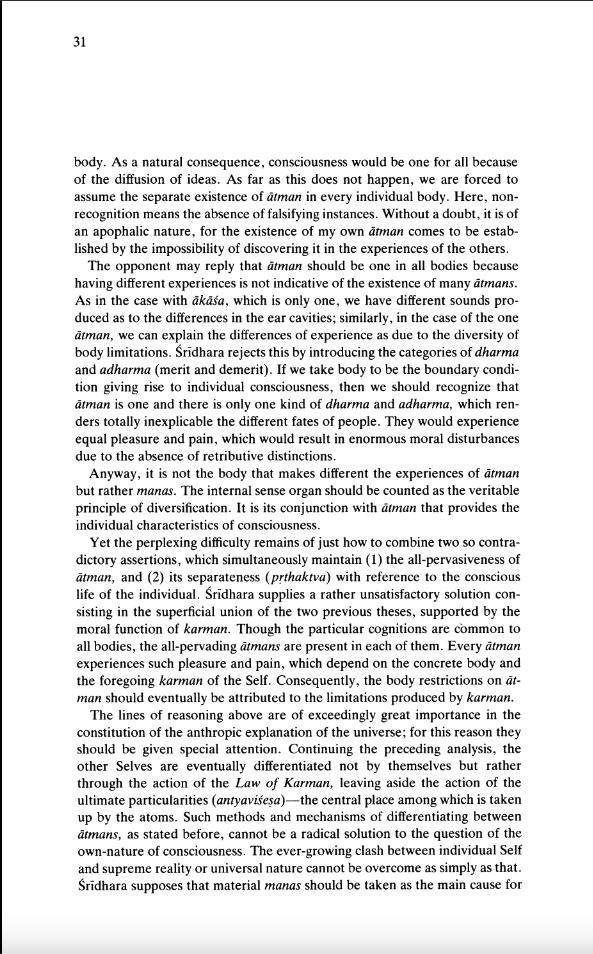
Source: Anthropic Web of the Universe: Atom and Ātman
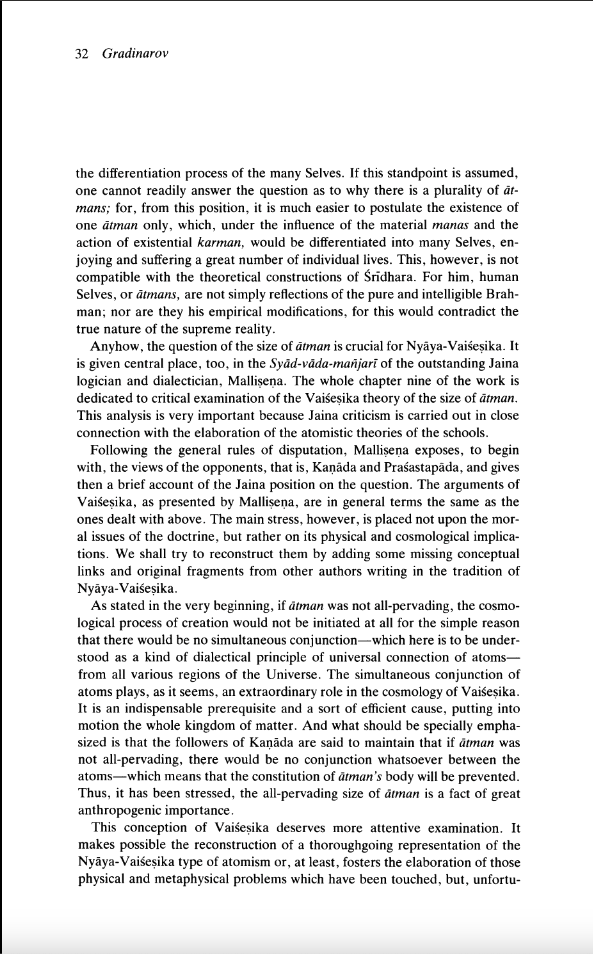
Source: Anthropic Web of the Universe: Atom and Ātman
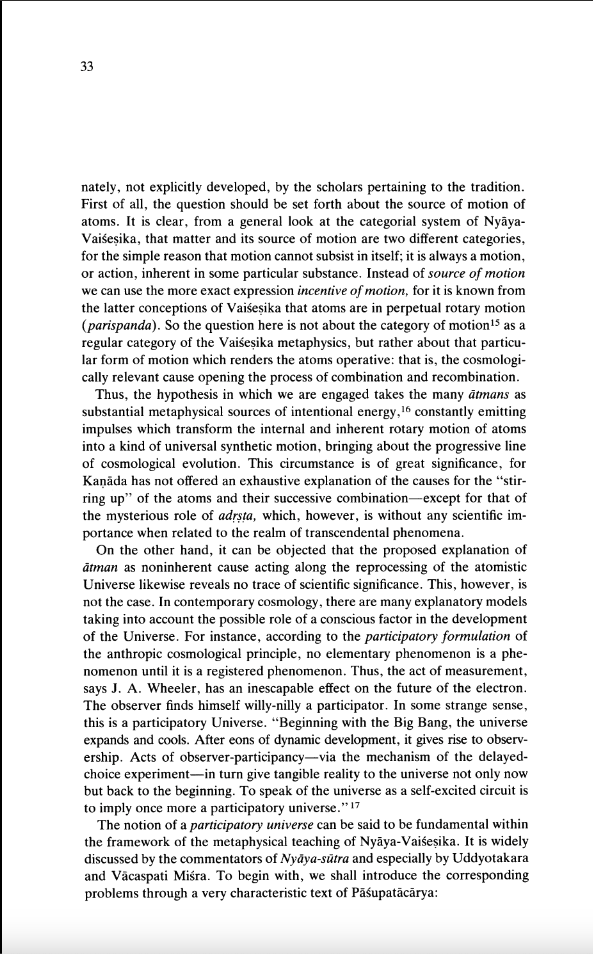
Source: Anthropic Web of the Universe: Atom and Ātman

Source: Anthropic Web of the Universe: Atom and Ātman
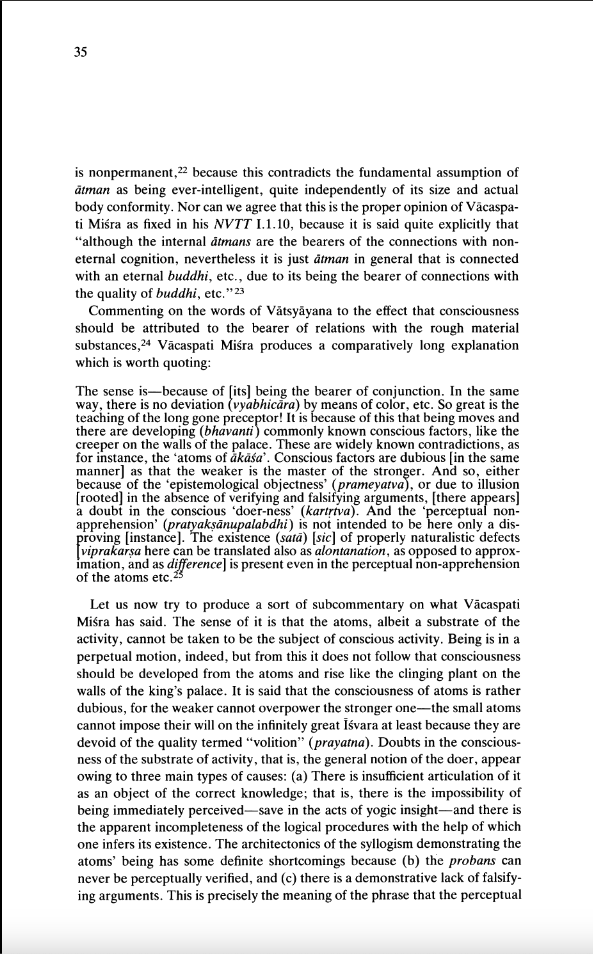
Source: Anthropic Web of the Universe: Atom and Ātman
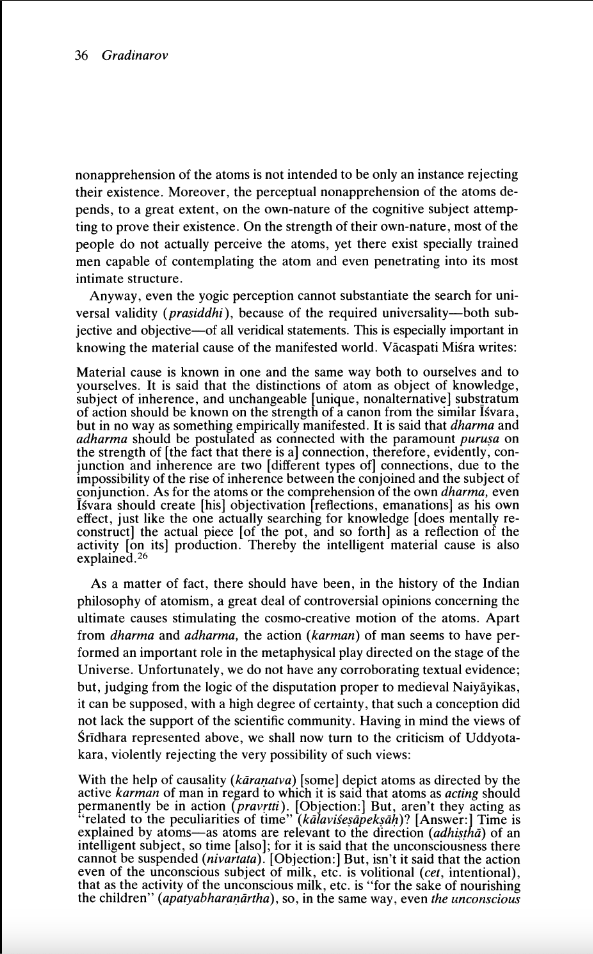
Source: Anthropic Web of the Universe: Atom and Ātman

Source: Anthropic Web of the Universe: Atom and Ātman
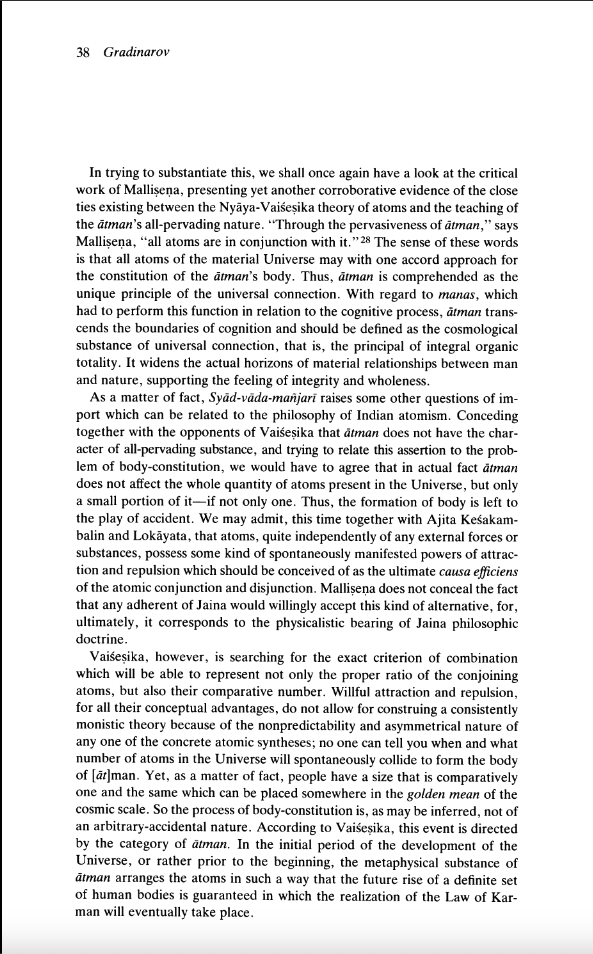
Source: Anthropic Web of the Universe: Atom and Ātman

Source: Anthropic Web of the Universe: Atom and Ātman

Source: Anthropic Web of the Universe: Atom and Ātman
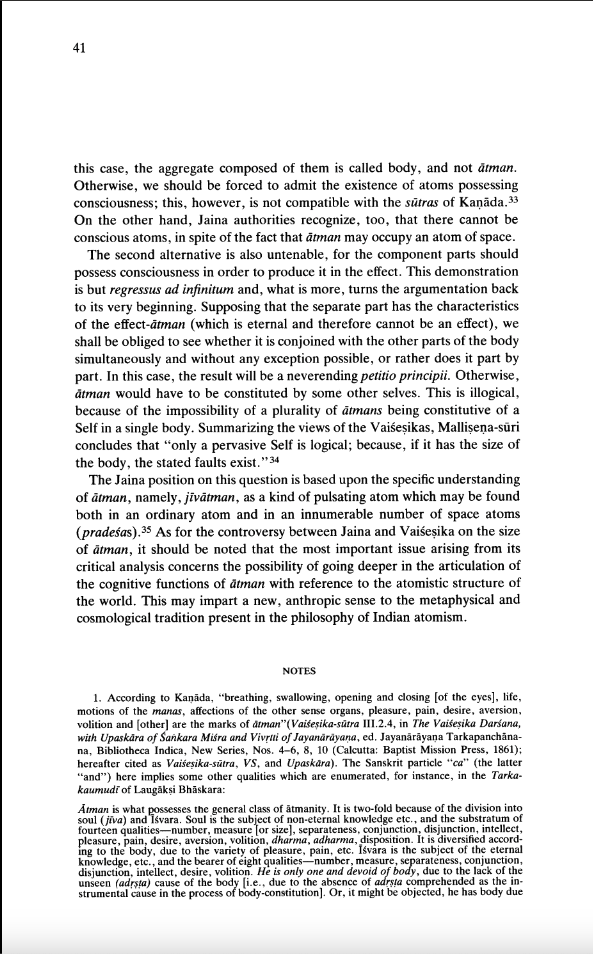
Source: Anthropic Web of the Universe: Atom and Ātman
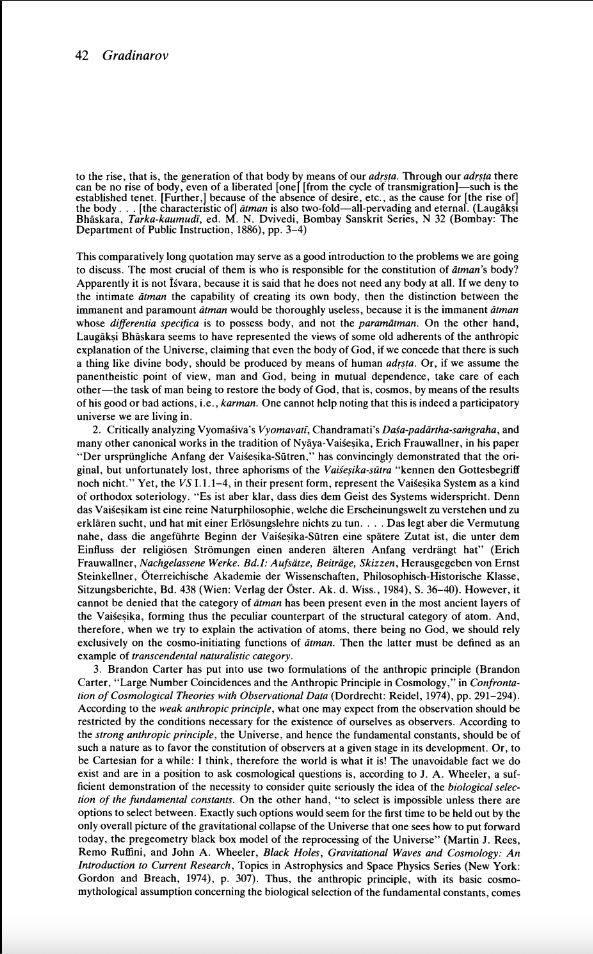
Source: Anthropic Web of the Universe: Atom and Ātman

Source: Anthropic Web of the Universe: Atom and Ātman

Source: Anthropic Web of the Universe: Atom and Ātman

Ether in Kant and Akasa in Prasastapada: Philosophy in comparative perspective
Source: Ether in Kant and Akasa in Prasastapada: Philosophy in comparative perspective

Source: Ether in Kant and Akasa in Prasastapada: Philosophy in comparative perspective
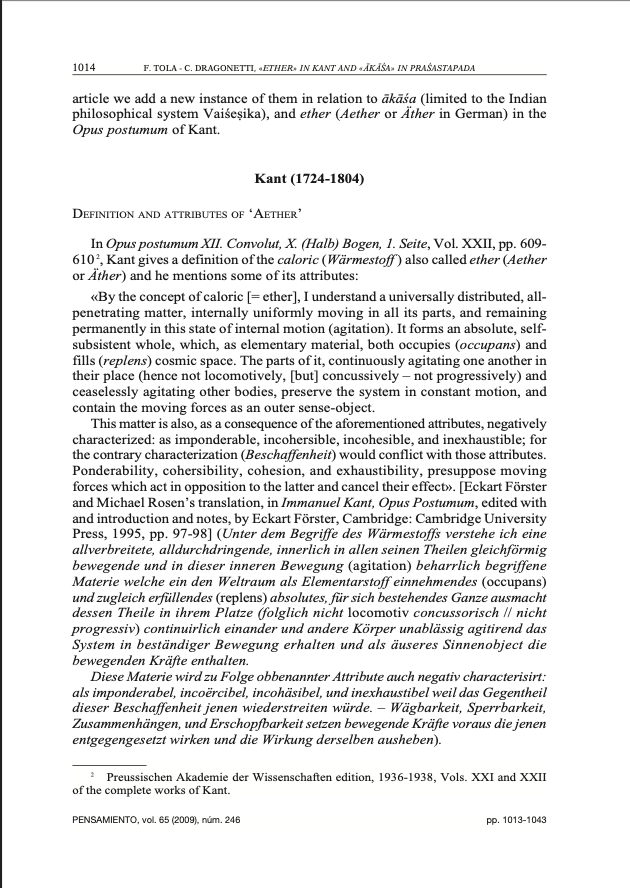
Source: Ether in Kant and Akasa in Prasastapada: Philosophy in comparative perspective
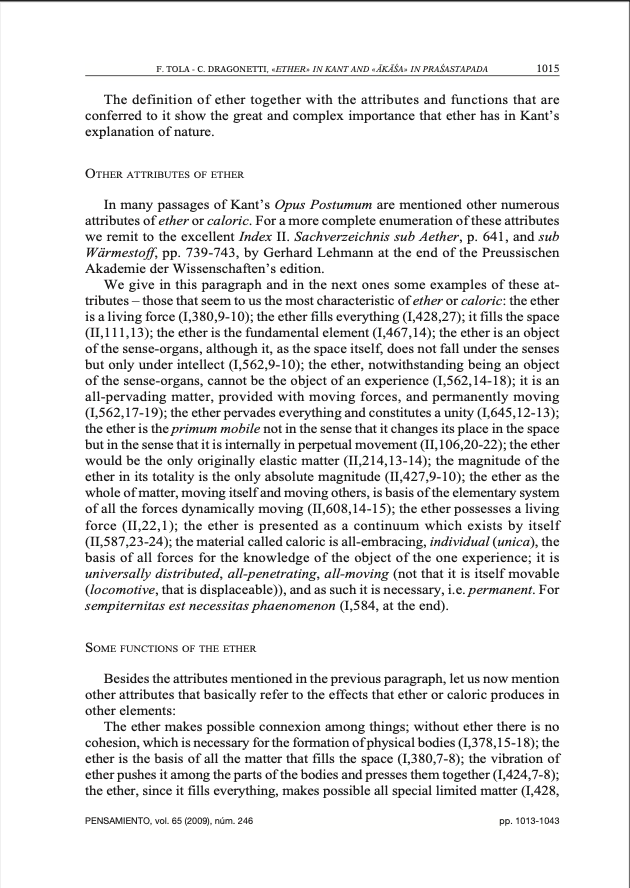
Source: Ether in Kant and Akasa in Prasastapada: Philosophy in comparative perspective

Source: Ether in Kant and Akasa in Prasastapada: Philosophy in comparative perspective
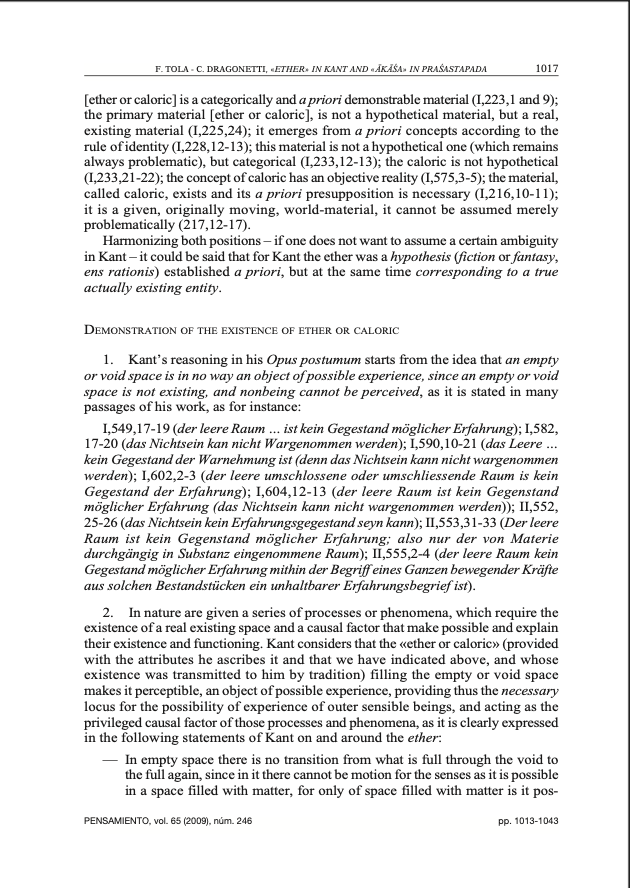
Source: Ether in Kant and Akasa in Prasastapada: Philosophy in comparative perspective

Source: Ether in Kant and Akasa in Prasastapada: Philosophy in comparative perspective
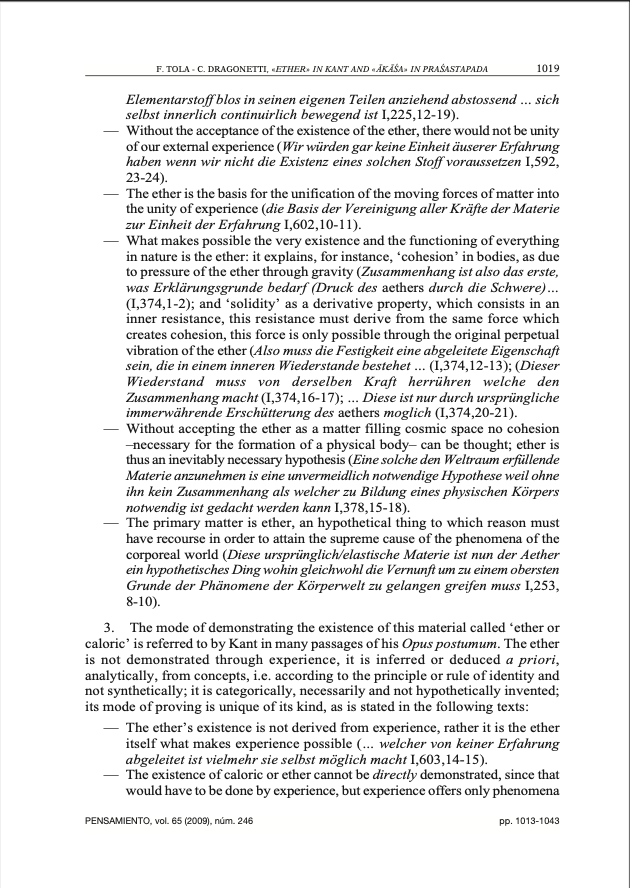
Source: Ether in Kant and Akasa in Prasastapada: Philosophy in comparative perspective

Source: Ether in Kant and Akasa in Prasastapada: Philosophy in comparative perspective

Source: Ether in Kant and Akasa in Prasastapada: Philosophy in comparative perspective

Source: Ether in Kant and Akasa in Prasastapada: Philosophy in comparative perspective
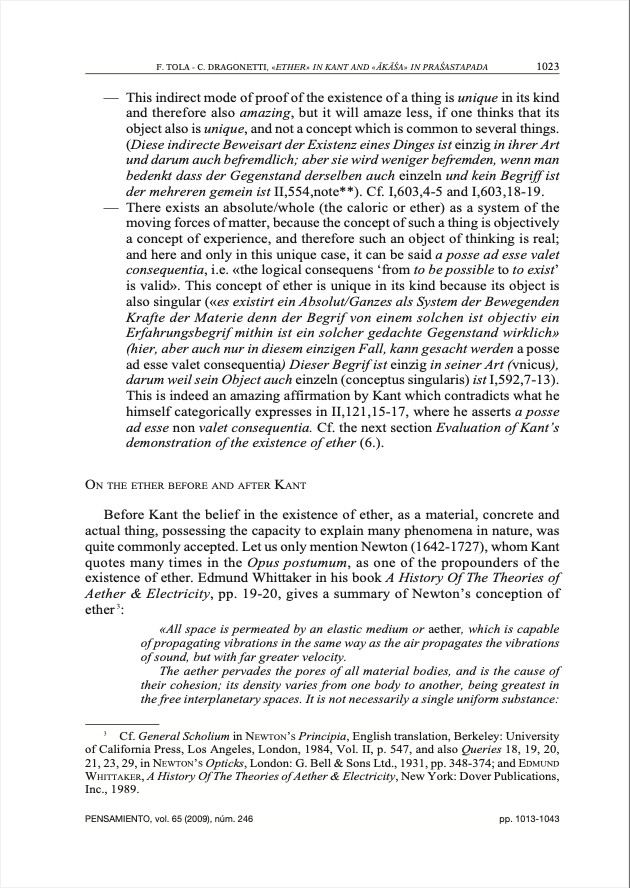
Source: Ether in Kant and Akasa in Prasastapada: Philosophy in comparative perspective
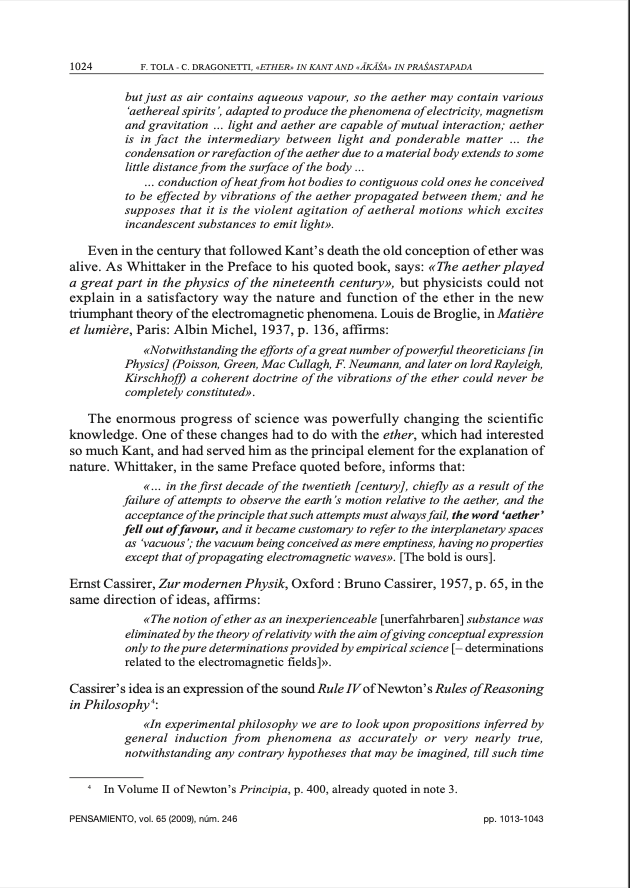
Source: Ether in Kant and Akasa in Prasastapada: Philosophy in comparative perspective

Source: Ether in Kant and Akasa in Prasastapada: Philosophy in comparative perspective

Source: Ether in Kant and Akasa in Prasastapada: Philosophy in comparative perspective

Source: Ether in Kant and Akasa in Prasastapada: Philosophy in comparative perspective
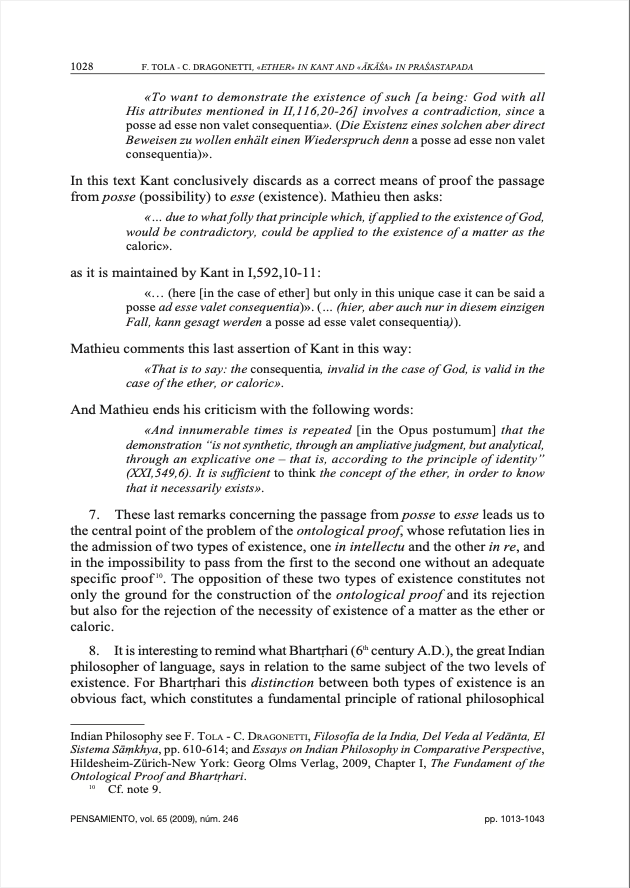
Source: Ether in Kant and Akasa in Prasastapada: Philosophy in comparative perspective
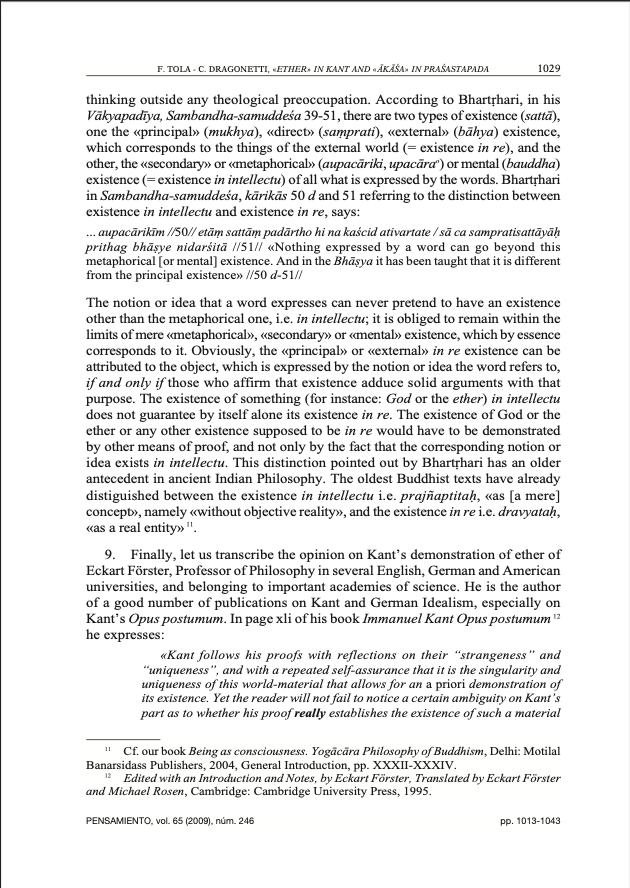
Source: Ether in Kant and Akasa in Prasastapada: Philosophy in comparative perspective
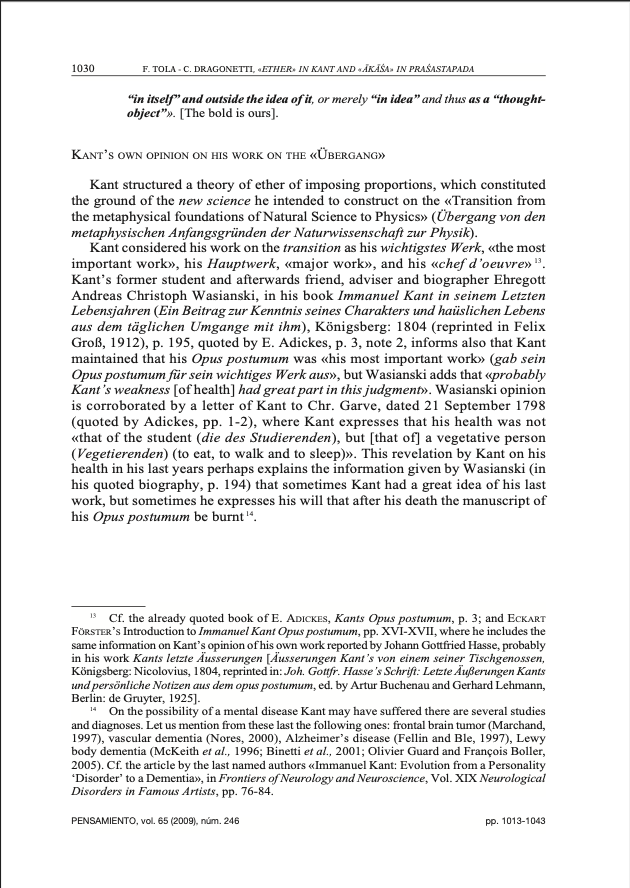
Source: Ether in Kant and Akasa in Prasastapada: Philosophy in comparative perspective

Source: Ether in Kant and Akasa in Prasastapada: Philosophy in comparative perspective

Source: Ether in Kant and Akasa in Prasastapada: Philosophy in comparative perspective
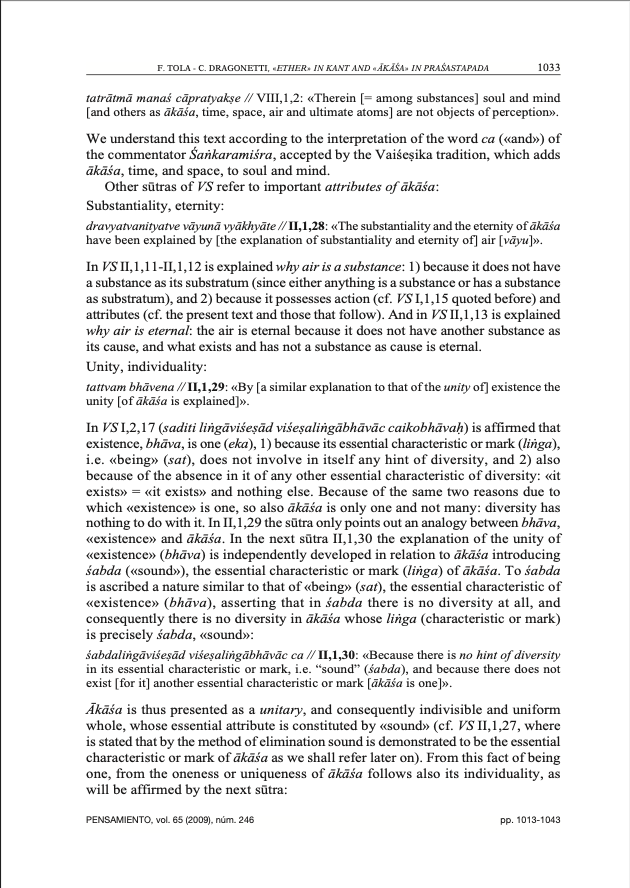
Source: Ether in Kant and Akasa in Prasastapada: Philosophy in comparative perspective

Source: Ether in Kant and Akasa in Prasastapada: Philosophy in comparative perspective
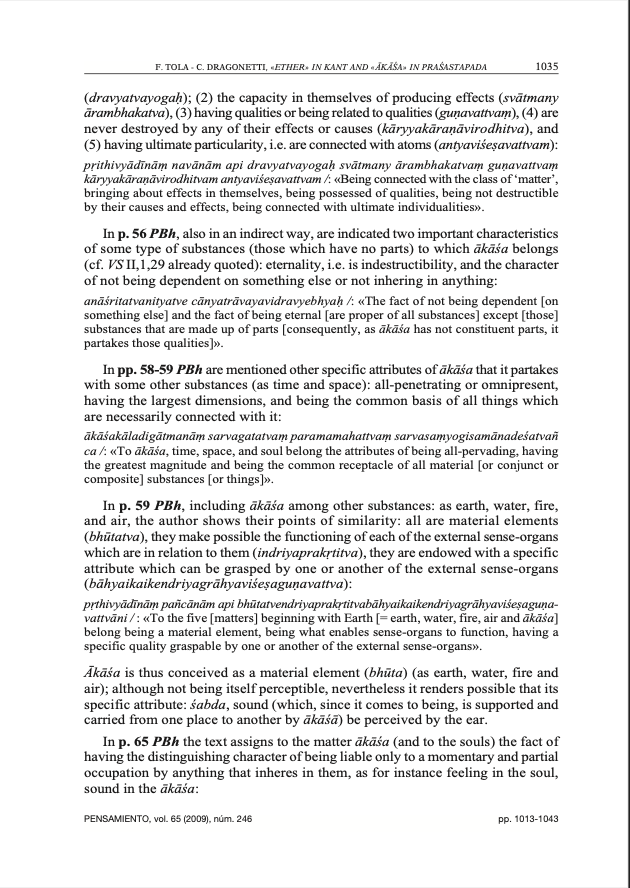
Source: Ether in Kant and Akasa in Prasastapada: Philosophy in comparative perspective

Source: Ether in Kant and Akasa in Prasastapada: Philosophy in comparative perspective
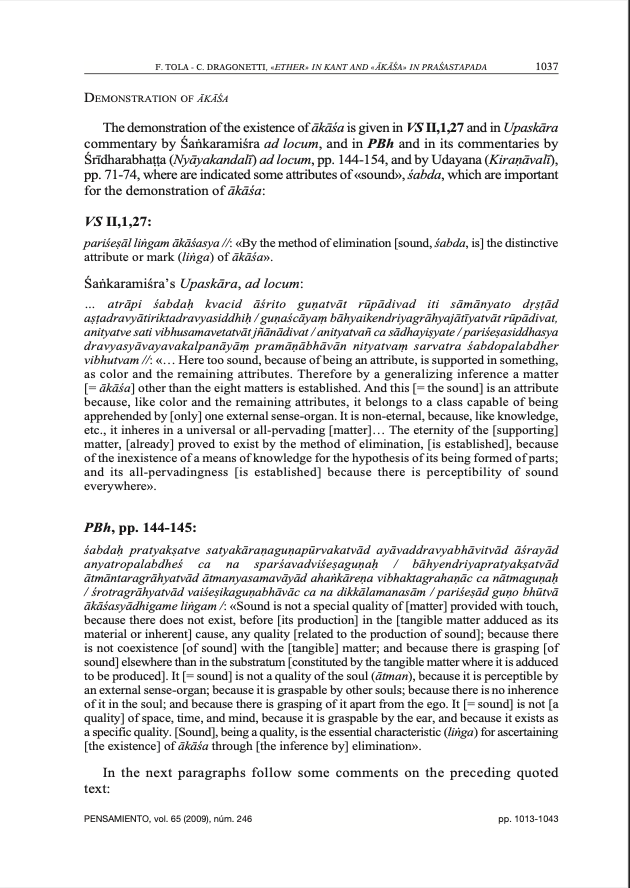
Source: Ether in Kant and Akasa in Prasastapada: Philosophy in comparative perspective

Source: Ether in Kant and Akasa in Prasastapada: Philosophy in comparative perspective

Source: Ether in Kant and Akasa in Prasastapada: Philosophy in comparative perspective
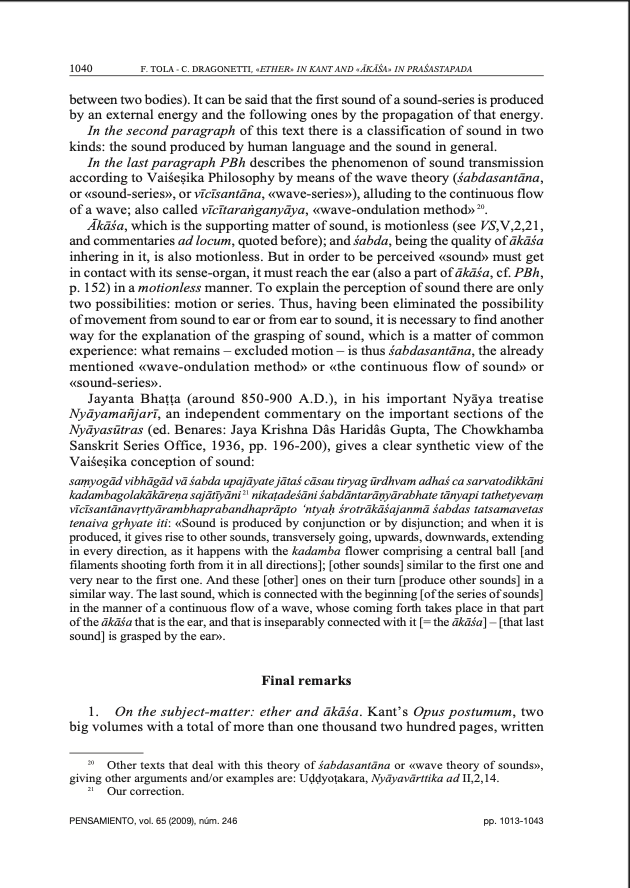
Source: Ether in Kant and Akasa in Prasastapada: Philosophy in comparative perspective

Source: Ether in Kant and Akasa in Prasastapada: Philosophy in comparative perspective
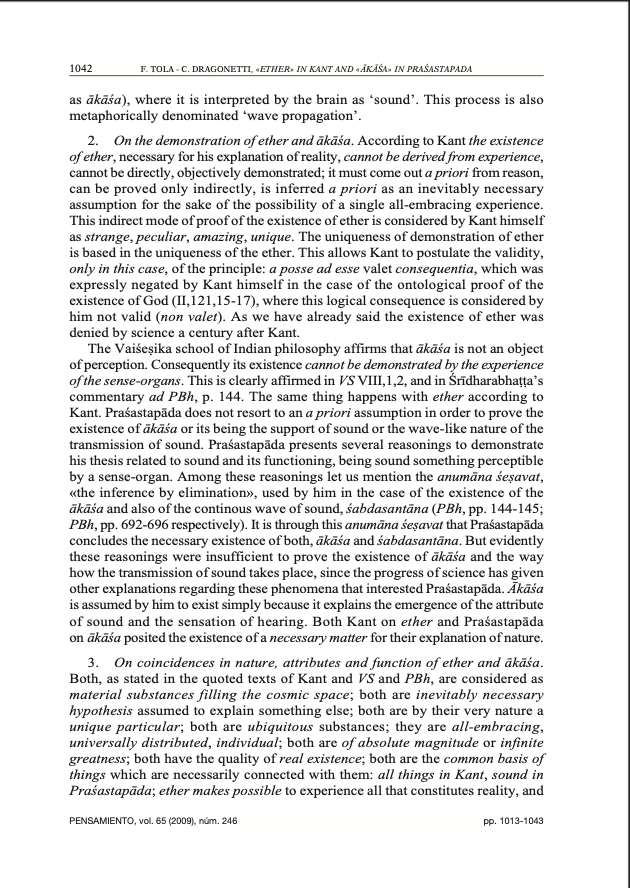
Source: Ether in Kant and Akasa in Prasastapada: Philosophy in comparative perspective

My Related Posts
You can search for these using Search Posts feature in right sidebar.
- God, Space and Nature
- Purush – The Cosmic Man
- The Transcendental Self
- Ervin Laszlo and the Akashic Field
- Five Types of Systems Philosophy
- Meditations on Emptiness and Fullness
- Charles Sanders Peirce’s Continuum
- Hua Yan Buddhism : Reflecting Mirrors of Reality
- Indira’s Net: On Interconnectedness
- Indira’s Pearls: Apollonian Gasket, Circle and Sphere Packing
- The Great Chain of Being
- Holons and Holarchy
- On Synchronicity
- Process Physics, Process Philosophy
- Networks and Boundaries
- Networks and Hierarchies
- Myth of Invariance: Sound, Music, and Recurrent Events and Structures
- Sounds True: Speech, Language, and Communication
- Consciousness of Cosmos: A Fractal, Recursive, Holographic Universe
- Fractal and Multifractal Structures in Cosmology
- Cantor Sets, Sierpinski Carpets, Menger Sponges
- Fractal Geometry and Hindu Temple Architecture
- Rituals | Recursion | Mantras | Meaning : Language and Recursion
- From Systems to Complex Systems
- Hierarchy Theory in Biology, Ecology and Evolution
Key Sources of Research
Understanding Space, Time and Causality: Modern Physics and Ancient Indian Traditions
Authors B.V. Sreekantan, Sisir Roy
Edition illustrated
Publisher Taylor & Francis, 2019
ISBN 0429534744, 9780429534744
Length 128 pages
“IS SPACE CREATED? REFLECTIONS ON ŚAṆKARA’S PHILOSOPHY AND PHILOSOPHY OF PHYSICS.”
Duquette, Jonathan, and K. Ramasubramanian.
Philosophy East and West 60, no. 4 (2010): 517–33. http://www.jstor.org/stable/40926862.
Consciousness in Quantum Physics and Meaning in the Advaita Philosophy of Adi Sankaracharya
Department of Diploma in Agriculture, Ramjankathi Technical and Agriculture College, Jhalakathi, Bangladesh
https://doi.org/10.3138/uram.38.1-2.73
https://utpjournals.press/doi/10.3138/uram.38.1-2.73
Akasha (Space) and Shabda (Sound): Vedic and Acoustical perspectives
M.G. Prasad
Department of Mechanical Engineering
Stevens Institute of Technology
Hoboken, New Jersey
mprasad@stevens.edu
Early Philosophical Atomism: Indian and Greek
by
Ferdinand Tablan Ph.D.
Adjunct Faculty
Department of Philosophy
Bellevue College
Bellevue Washington, USA
July 2012
https://philarchive.org/archive/TABEPA
The Vaiśeṣika Notions of Ākāśa and Diś from the Perspective of Indian Ideas of Space
Author: Victoria Lysenko
Type: Chapter
Pages: 417–447
DOI: https://doi.org/10.1163/9789004457584_022
https://brill.com/display/book/9789004457584/B9789004457584_s022.xml
The Vaisesika Notions of akasa and dis from the Perspective of Indian Ideas of Space.
Lysenko, V. (1997).
Poznan Studies in the Philosophy of the Sciences and the Humanities 59:417-448.
https://philpapers.org/rec/LYSTVN
The relation of akasa to pratityasamutpada in Nagarjuna’s writings
By
Garth Mason
Submitted in accordance with the requirements for the degree of
DOCTOR OF LITERATURE AND PHILOSOPHY In the subject of
RELIGIOUS STUDIES
at the
UNIVERSITY OF SOUTH AFRICA
PROMOTER: PROF. M. CLASQUIN
AUGUST 2012
“THE CONCEPT OF ĀKĀŚA IN INDIAN PHILOSOPHY.”
Jhaveri, Indukala H.
Annals of the Bhandarkar Oriental Research Institute 37, no. 1/4 (1956): 300–307.
http://www.jstor.org/stable/44082931.
Ether in Kant and akasa in Prasastapada: Philosophy in comparative perspective.
Tola, Fernando & Dragonetti, Carmen. (2009).
Pensamiento. 65. 1013-1043.
The Akashic Records: Origins and Relation to Western Concepts.
Nash, Alex. (2020).
CENTRAL EUROPEAN JOURNAL FOR CONTEMPORARY RELIGION. 3. 109-124. 10.14712/25704893.2020.3.
VAIŚEṢIKA PHILOSOPHY
THE YAISESIKA PHILOSOPHY ACCORDING TO THE
DASAPADARTHA-SASTRA: CHINESE TEXT WITH INTRODUCTION, TRANSLATION, AND NOTES
BY
HL UI
PROFESSOK IN THE SOTOSHU COLLEGE, TOKYO,
EDITED BY F. W. THOMAS 、
LONDON: ROYAL ASIATIC SOCIETY,.
22 ALBEMAELE STREET.
1917
Vaisheshika
Wikipedia
https://en.wikipedia.org/wiki/Vaisheshika
Space, Time and Anu in Vaisheshika
Roopa Narayan
Indian Cosmological Ideas
Roopa Hulikal Narayan
Nyaya-Vaisheshika: The Indian Tradition of Physics
Roopa Hulikal Narayan
The Theory of Matter in Indian Physics
Roopa Hulikal Narayan
Time Cycles in Indian Cosmology
Roopa H. Narayan
Akasha
Wikipedia
https://en.wikipedia.org/wiki/Akasha
Akasha, Ākāśa, Ākāsa, Ākāsa, Ākaṣa, Akāśa, Akāsa: 44 definitions
https://www.wisdomlib.org/definition/akasha
The Five Cosmic Elements as Depicted in Indian and Chinese Cosmologies
S. Mahdihassan
The American Journal of Chinese Medicine 1989 17:03n04, 245-252
Akasa – A Must Read Comprehensive Guide
By Torry Mastery –
https://dotcommagazine.com/2023/09/akasa-a-must-read-comprehensive-guide
Towards a Philosophical Reconstruction of the Dialogue between Modern Physics and Advaita Vedanta: An Inquiry into the Concepts of akasa, Vacuum and Reality
par
Jonathan Duquette
Facult ́e de th ́eologie et de sciences des religions
These pr ́esent ́eea la Facult ́e des ́etudes sup ́erieures en vue de l’obtention du grade de Philosophiae Doctor (Ph.D.) en sciences des religions
Septembre 2010
Particle Physics and the Vaisheshika System: A Comparative Analysis
Rajat Kumar Pradhan,
Bhadrak Autonomous College, Bhadrak,
Odisha, India-756100.
“Anthropic Web of the Universe: Atom and Ātman.”
Gradinarov, Plamen.
Philosophy East and West 39, no. 1 (1989): 27–45. https://doi.org/10.2307/1398879.
The Oxford Handbook of Sound and Imagination, Volume 1
edited by Mark Grimshaw-Aagaard, Mads Walther-Hansen, Martin Knakkergaard
Pancha Bhuta Sthalam
Wikipedia
Four of these are in Tamilnadu, and one is in Andhra Pradesh. In addition to the Tillai Naṭarāja Temple in Chidambaram, the other four pancabhūtasthalas are Ekāmbareswara Temple (earth) in Kanchipuram, Jambukeswara Temple (water) in Thiruvanaikaval, Arunāchaleswara Temple (fire) in Thiruvaṇṇāmalai, and Sri Kalahasthīswara Temple (air) in Kalahasthi, Andhra Pradesh.
https://en.wikipedia.org/wiki/Pancha_Bhuta_Sthalam
https://en.wikipedia.org/wiki/Pancha_Bhuta
https://en.wikipedia.org/wiki/Tattva_(Shaivism)
